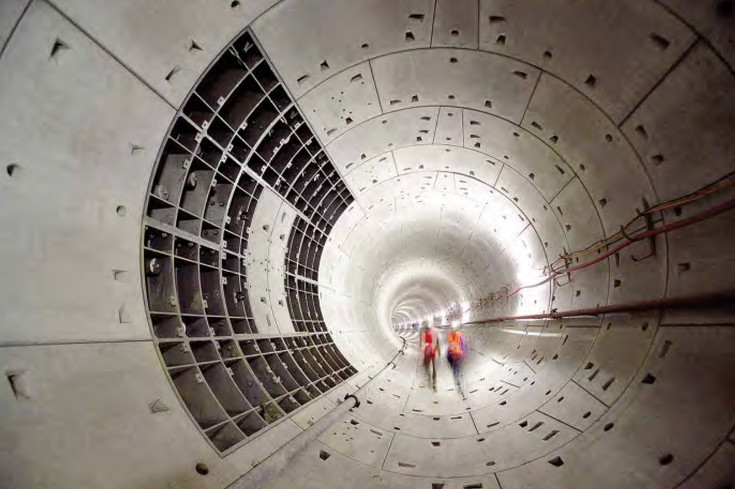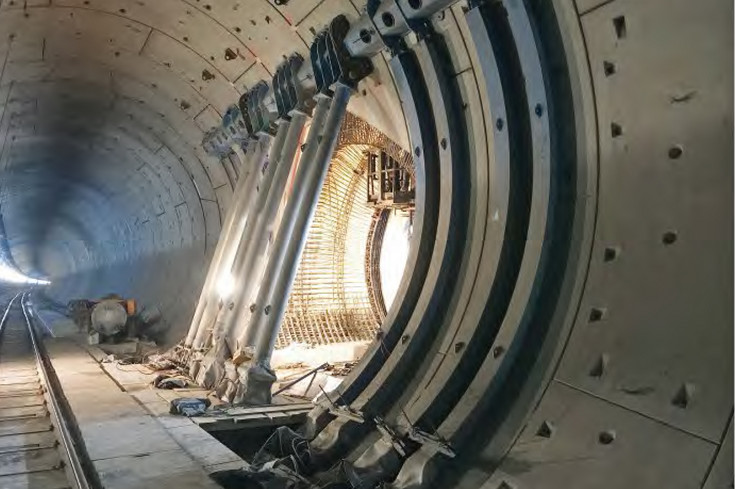Experimental and numerical modelling of stress redistribution due to construction of cross passages of shallow tunnels (STRECROPA)
For safety reasons, transport tunnels are often excavated with two tubes and connected by cross passages. Due to the three-dimensional stress-strain field at the intersection between the main tunnel and cross passages, analytical calculations are not feasible. The design practice is usually based on simplified 2D calculations supplemented by some instrumentation. However, 2D calculations cannot account for the interaction between the ground and lining, monitoring is performed ex-post and data interpretation is not straightforward. Hence, practitioners rely on additional support measures.
The quintessence of this proposal is to improve the understanding of stress redistribution along the main tunnel due to the construction of the cross passages in soft soils. To attain this objective, the magnitude and extent of the area of the stress-strain increase in the main tunnel is to be ascertained and the sensitivity of the results to different parameters and modelling features must be explored. The ultimate aim of this project is to provide design aids for practitioners.
Stress redistribution will be investigated with centrifuge testing and numerical analysis. A silty soil will be adopted for model tests. The model tunnel will consist of a copper half cylinder and the cross passage of a curved plate. Cross passage opening will be simulated by displacement of a piston. The model will be equipped with miniature devices and a digital camera will capture soil deformation for image processing. The soil will be pluviated and compacted in layers. The water table will be manually set at the tunnel invert by soil imbibition. Tests will be performed at varying cover to diameter ratio at 75 g. Numerical analysis will be performed in model scale under increased gravity with a commercial software. The hypoplastic constitutive model will be extended to partially saturated soils and adopted in the analyses.
The uncertainty regarding stress redistribution is caused by lack or intricate interpretation of monitoring data. Internal forces in the tunnel are extrapolated from measured strain, which is influenced by several factors. Viable modelling of cross passage excavation demands 3D numerical analysis with a robust constitutive model. However, due to budget and time constraints, numerical analysis is often overly simplified. The study will provide a sound benchmark for numerical analysis, validated by experiments in a controlled environment, thus providing the missing link for tunnel engineering practice.


